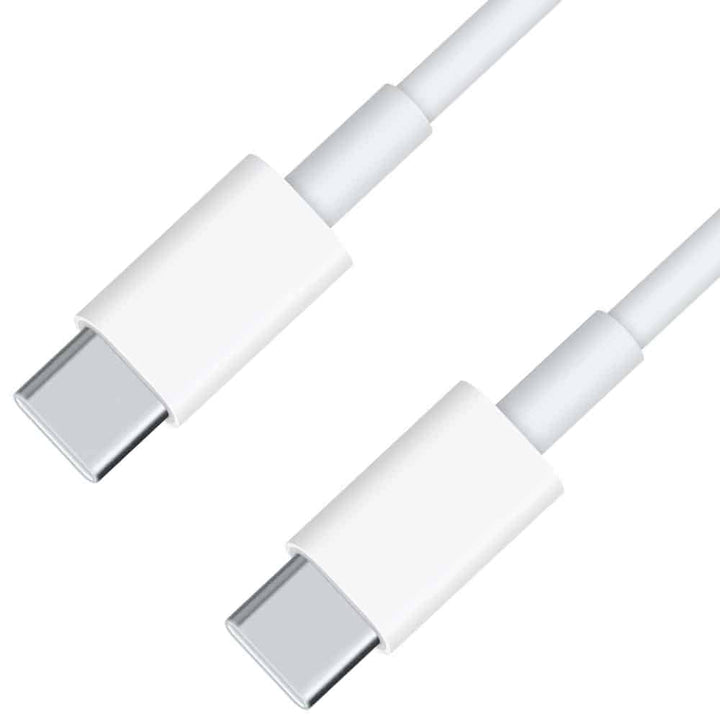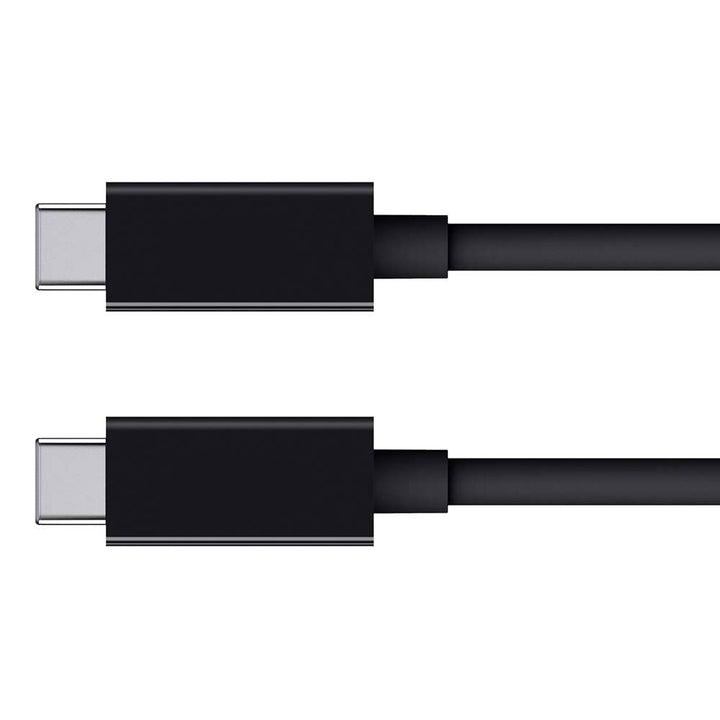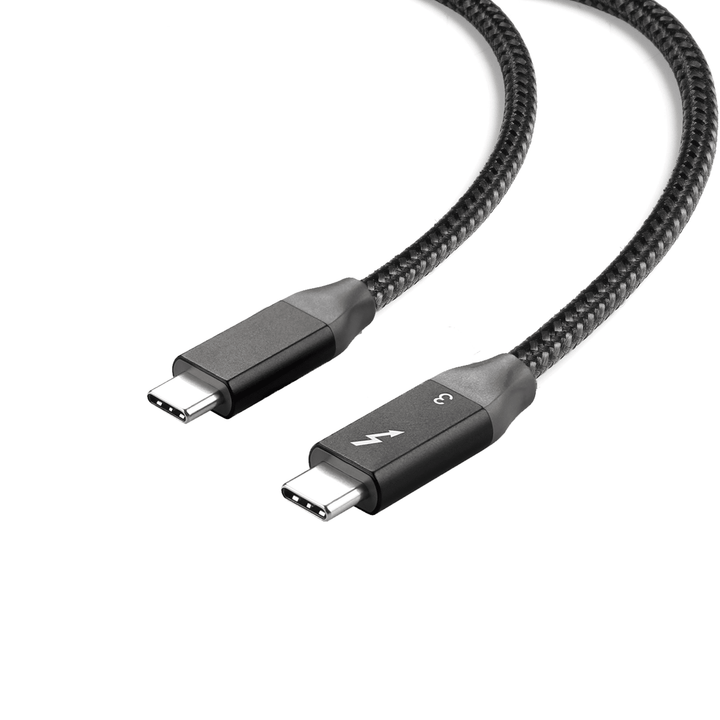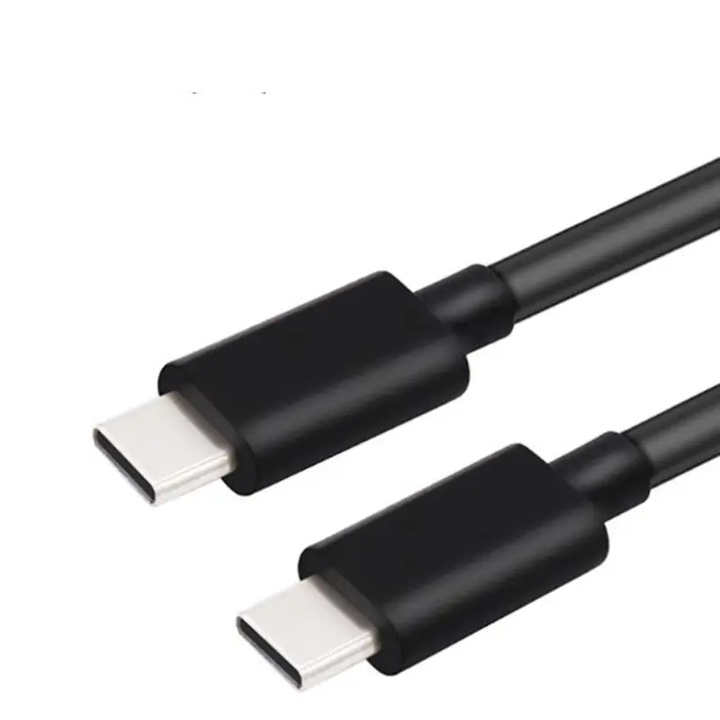Is There a Difference Between USB-C and Thunderbolt?
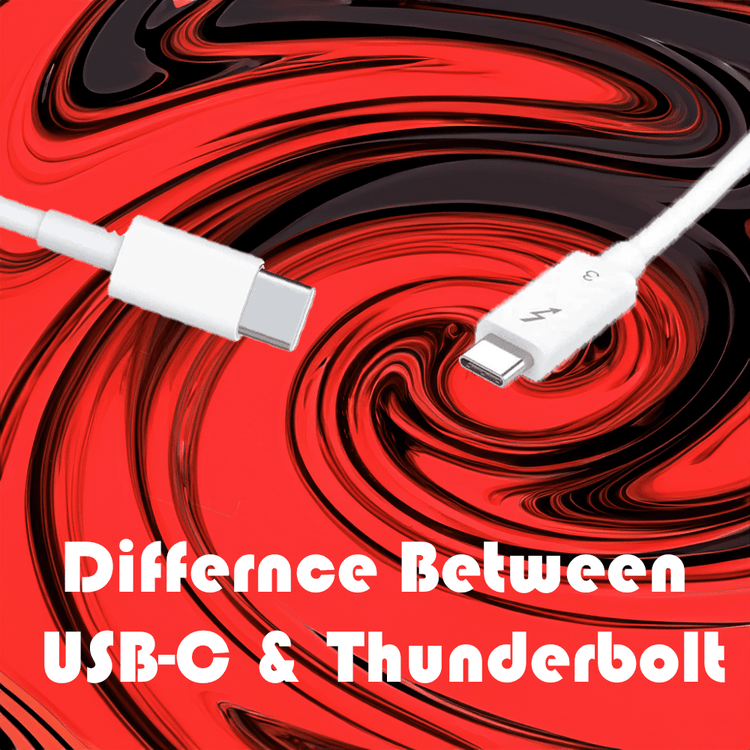
In the ever-evolving landscape of technology, staying informed about the latest standards is crucial. Two terms that often surface in discussions about connectivity are USB-C and Thunderbolt. While both are widely adopted, understanding their differences is essential for tech enthusiasts and resellers alike.
Featured 4XEM USB-C & Thunderbolt Products
USB-C: The Universal Connector
USB-C, hailed as the universal connector, has become the standard for modern devices. Its compact, reversible design allows for easy plug-and-play, eliminating the frustration of trying to connect a cable the wrong way. USB-C supports high data transfer rates, making it versatile for various applications.
Key Features of USB-C:
- Reversibility: The reversible design simplifies the connection process.
- Versatility: USB-C supports data transfer, power delivery, and audio/video output.
- Adoption: USB-C is widely embraced across a spectrum of devices, from laptops to smartphones.
Thunderbolt: Unleashing Lightning-Speed Connectivity
Thunderbolt, developed by Intel in collaboration with Apple, takes connectivity to the next level. While USB-C is a physical connector, Thunderbolt is a technology that uses the USB-C port to deliver lightning-fast data transfer speeds, making it ideal for data-intensive tasks.
Key Features of Thunderbolt:
- Speed: Thunderbolt offers higher data transfer speeds compared to USB-C.
- Daisy-Chaining: Thunderbolt allows users to connect multiple devices in a daisy-chain fashion.
- External GPUs: Thunderbolt supports external graphics cards for enhanced graphical performance.
Choosing the Right Standard
For tech enthusiasts and resellers, selecting the appropriate standard depends on the specific needs of the user or customer. USB-C is excellent for general-purpose connectivity, while Thunderbolt is the go-to choice for professionals requiring maximum data throughput.
Adapting to Future Trends
As technology continues to advance, the lines between USB-C and Thunderbolt may blur. USB4, an upcoming standard, aims to combine the best of both worlds, offering high speeds and compatibility. Keeping an eye on these developments ensures that tech experts and resellers stay ahead of the curve.
In the USB-C vs. Thunderbolt debate, understanding the nuances is vital for making informed decisions. USB-C caters to widespread compatibility, while Thunderbolt delivers unparalleled speed. As the tech industry progresses, being adaptable to emerging standards will be key to providing top-notch products and services.
By staying knowledgeable about these connectivity standards, tech resellers can better cater to the diverse needs of their customers, ensuring satisfaction and staying competitive in the ever-evolving tech market.
